What indoor flowers can be grown from seeds at home?
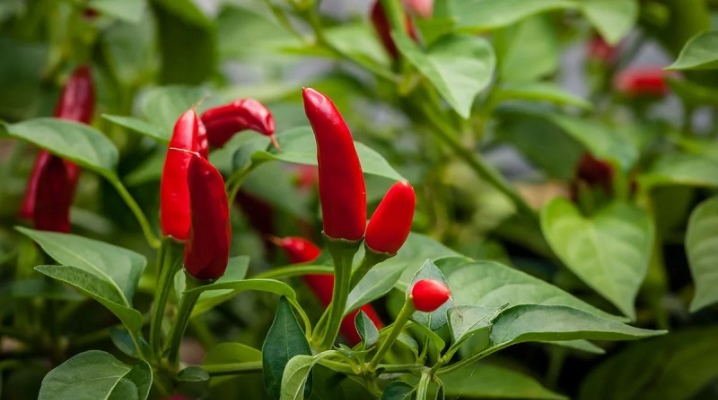
Traditionally, gardeners germinate seeds for horticultural and horticultural crops, but in addition to the usual seedlings, a houseplant can be grown from seeds that will be best adapted to your conditions. Growing indoor flowers from seeds is an exciting activity, and despite the fact that the growth process of a flower will be slow, you will have the opportunity to observe its entire life cycle of development with your own eyes.
Not only exotic plants can be grown from seeds, but also indoor flowers that we are used to seeing on window sills.


Varieties
You can grow home flowers from seeds using normal indoor conditions. Of course, this process is laborious, but exciting. First, the seeds are germinated in small greenhouses, and then the grown seedlings are already placed in pots. At home, you can grow perennial plants - cacti, ficuses, flowers with decorative foliage or those that delight us with flowering. Young specimens can be germinated from seeds or seeds, such as mangoes or dates.
Plant varieties that can be grown from seeds at home.
- Citrus plants - at home, you can grow tangerine, lemon, orange, grapefruit. Planting material is taken from ripe fruits, washed, treated with a growth stimulant and planted in a greenhouse to a depth of 2-3 cm. Sprouted young specimens need to be watered and fed every day, including sprayed from a spray bottle. After rooting, the cuttings begin to bloom and bear fruit as early as 4-5 years of age, in some cases this happens as early as 3 years. Plants require a lot of light and heat to grow and develop successfully. The optimum summer temperature for them will be 23-26 ° C.
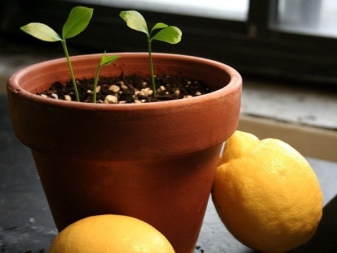

- Plants with decorative foliage - most often variegated ficuses, dracaena, Japanese fatsia, jacaranda, croton, chlorophytum, multi-colored coleus, calathea are grown. For ornamental foliage plants to look attractive, they require sufficient sunlight and good fertilization to develop. During winter, when central heating batteries start operating in apartments, many of these plants are stressed by the dry air and can shed their foliage. Therefore, for wintering, they are transferred to a cool place or regularly sprayed and humidified the air around them.


- Plants from the begonia family - the seeds of these home flowers germinate well, but they are so small that they are sold in granular form. Begonias are varied: ever-flowering "Monza Rose", "Havana Mix", large-flowered Orange, White, Red. There are many varieties of hybrid begonias today, they bloom mainly in the summer, and if desired, they can be transferred in the summer to a garden or to a summer cottage, where the flower will gain strength and grow stronger outdoors, so that in winter it will be returned to the apartment until the next summer cottage. season.
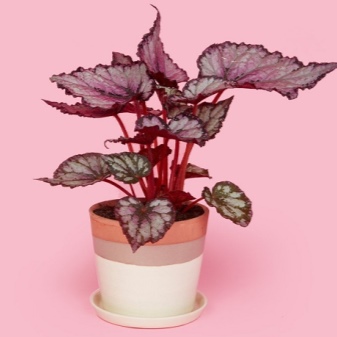
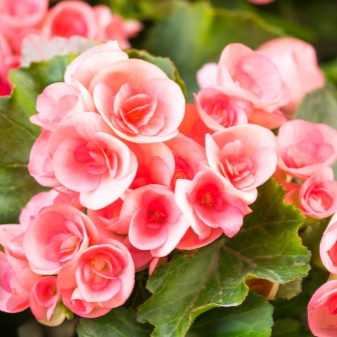
- Palm trees - most often at home, exotic lovers grow a date palm from a date stone. Such planting material can always be found at any time of the year. The seed is planted vertically, to a depth of 3-4 cm. Subject to regular watering, the sprout appears quite quickly - after 2-3 weeks. At first, a young plant does not need to be fed, but as soon as it actively starts to grow, this will serve as a signal to add a complex of micronutrients to it.
The date palm quickly adapts to environmental conditions and grows into a splendid tree.

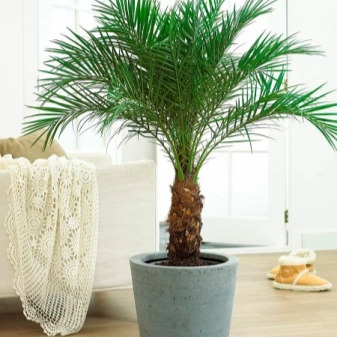
- Garnet - this heat-loving southern plant is quite possible to grow from a seed. Breeders have bred a dwarf decorative pomegranate variety that grows successfully in indoor conditions, blooms and produces small fruits. Seeds have a peculiarity - their germination is high only in the first year of collection, and then it rapidly decreases. Fresh seeds germinate within 2 weeks after planting in the ground. The plant needs regular watering, warmth in the summer, as well as coolness and abundant lighting even in the winter.

- Plants of the Gesneriev family - common types that have gained popularity among indoor florists. These include Uzambara violets (which bloom for 10 months a year), gloxinia (blooming with purple flowers that look like large bells), streptocarpus (white, pink, red flowers), achimenes with expressive marble leaves, ampelous columnea and others representatives of this family. All of them have a huge variety of varieties, but the main thing is that they perfectly take root in the conditions of modern city apartments.
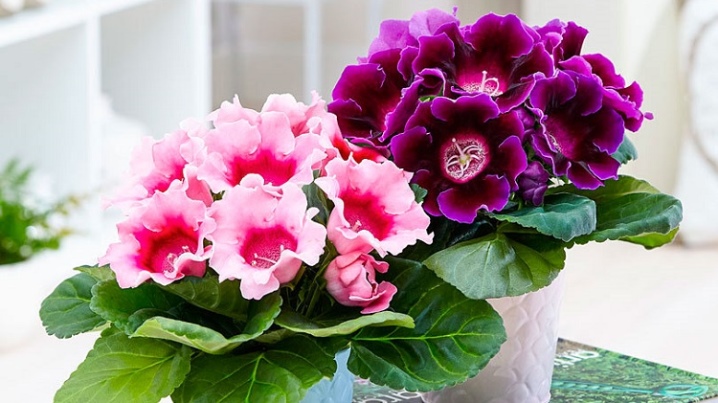
- Cacti - evergreen drought tolerant plants that can also be grown from seed. A peculiarity when planting them is that for cacti, the substrate should consist mainly of sand and a small part of humus. When irrigating from a spray bottle, care must be taken so as not to overmoisten the soil and not to provoke rotting of the sprout.
Growing a cactus at home is quite an interesting activity, and a ready-made adult copy will cost you much cheaper than buying it in a store.
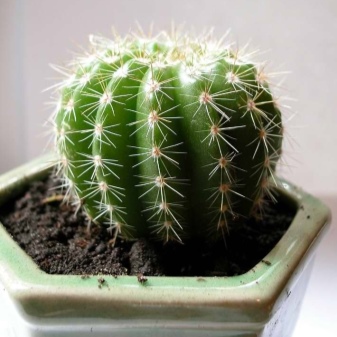
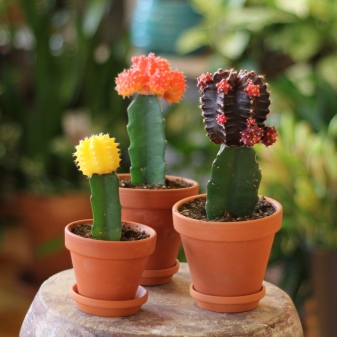
- Miniature varieties of hot peppers - Plants germinate quickly and respond well to care, and their fruiting begins in the same year when you planted the seeds. Such a pepper looks very attractive, its fruits can be eaten, and if some of them are left until fully ripe, then you will again have a large amount of planting material in order to repeat the growing cycle again in the spring.
Growing plants from seeds allows you to get the most viable specimens that are not infected with infectious diseases and are resistant to pests.
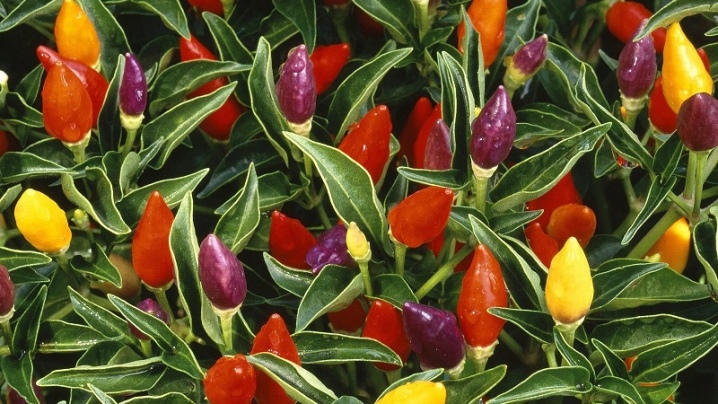
Sowing preparation
For successful germination of seeds, spring is chosen, since it is the most favorable for any plant. To improve germination will help pretreatment of planting material with growth stimulants, for example, seeds can be soaked in a solution of the drug "Epin-extra". Next, you need to prepare a germination container that has drainage holes. It must be treated with hot water and soap and dried. For germinating seeds, special plastic mini-greenhouses, peat cups, small ceramic pots are suitable. Growing plants is a long process, so the flower pot should be small at first. Its size needs to be increased as the plant grows.
The soil substrate for planting seeds should be lightweight and absorb moisture well. You can buy ready-made soil or prepare it by taking peat, sand and humus in equal parts. To exclude the development of infection, the components of the potting mix are best calcined in a hot oven. When the substrate has cooled, the container for sowing seeds is filled so that at least 1.5-2 cm remains to its edges, while the soil needs to be slightly compacted.
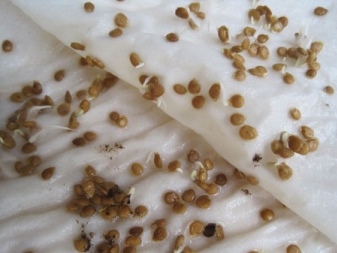
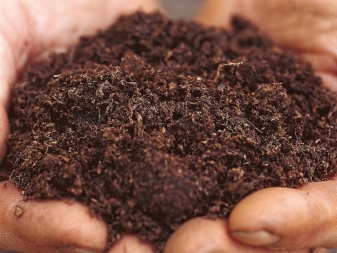
Landing
After the greenhouse with soil has been prepared, seeds can be planted in it. To evenly distribute the planting material over the surface of the container, small seeds are mixed with a little sand. During planting, such seeds are not sprinkled with earth, but slightly pressed into it.If the seeds are large, then in this case they can be lightly sprinkled with soil. When planting is complete, the plants are watered with warm and settled water. This is done with a spray bottle. The soil must be moistened properly so that the seedlings do not experience a lack of moisture.
After watering, the greenhouse is covered with a transparent film or glass and transferred to a warm place well-lit by the rays of the sun.
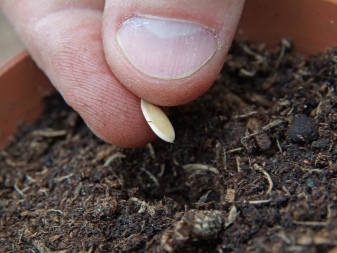
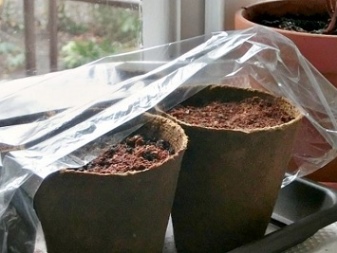
Care
The day after the seeds have been sown, condensation forms in the greenhouse. It must be removed, and the greenhouse must be opened slightly for ventilation. Every day, such ventilation should be done at least 2-3 times to prevent the development of mold and mildew.
It is imperative to ensure that the soil is moistened; if necessary, it is irrigated with warm water from a spray bottle. The germination time of seeds is different for each plant. As soon as you see young shoots, it will mean that the film or protective glass needs to be removed. The container with seedlings must be placed in a sunny place, but exclude the ingress of scorching rays on the seedlings. If the daylight hours are still short, then the plants are supplemented with a special phytolamp. Plants should receive a sufficient amount of light per day for at least 10-12 hours.
After the plants have 2-3 true leaves, they are each dived into a separate container for further growth. The pick is carried out carefully, since the young shoots are very fragile. And only after about 1 year, when their root system grows, the flowers can be transplanted into spacious flower pots. For better growth, young indoor flowers need to be fed with complex mineral or organic fertilizers. The first flowering, as a rule, in many plants begins already at the beginning of the second year of life.
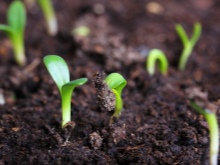
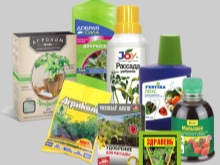
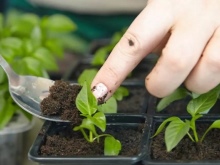
For information on how to grow indoor eustoma from seeds, see the next video.































The comment was sent successfully.